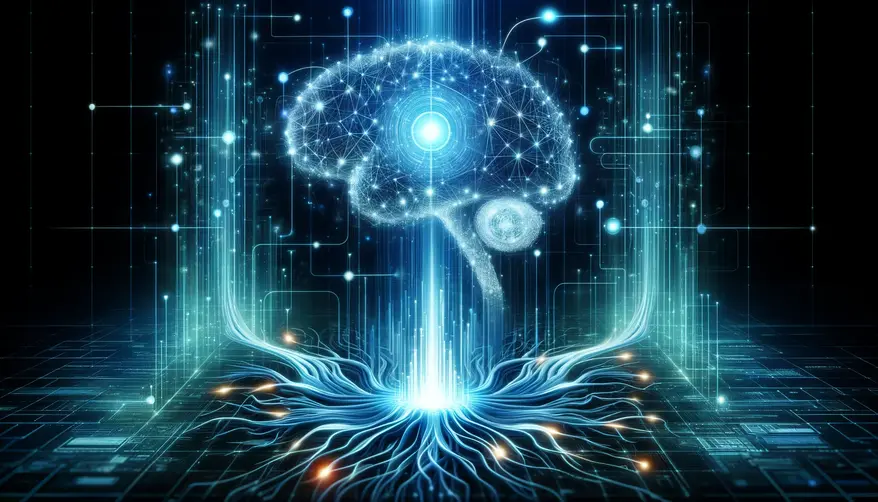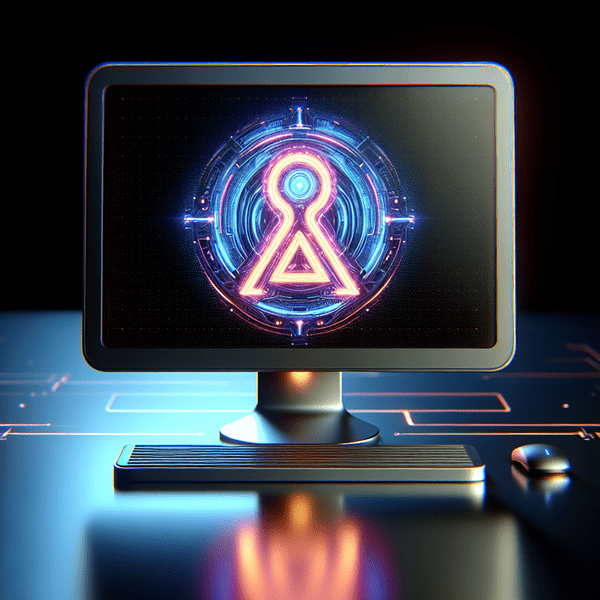Exploring Retrieval-Augmented Generation (RAG) | The Future of AI Language Models
Unleashing Advanced AI Capabilities with RAG Models
Introduction:
In the ever-evolving world of artificial intelligence (AI), the term 'Retrieval-Augmented Generation' (RAG) is gaining significant attention. RAG represents a groundbreaking approach in the development of AI language models, blending the power of information retrieval with advanced language generation. This article delves into the concept of RAG, its implications, and its potential to redefine AI’s role in various industries.
What is Retrieval-Augmented Generation (RAG)?
RAG is a hybrid AI model that combines traditional language generation techniques with a novel retrieval mechanism. In essence, it allows an AI to pull in external information from various data sources, augmenting its ability to generate responses that are not just based on its pre-trained knowledge base, but are also informed by the most current and relevant data available.

How RAG Works
The process involves two critical steps:
- Retrieval: The AI searches through a vast external database, identifying relevant information pertinent to the query at hand.
- Generation: The AI integrates this retrieved information into its response generation process, creating more informed, accurate, and contextually relevant outputs.
Applications of RAG in AI
- Enhanced Conversational Agents: RAG can empower chatbots and virtual assistants to provide more accurate, up-to-date, and contextually relevant information.
- Advanced Research Tools: In academic and research settings, RAG-equipped tools can quickly pull in relevant data from extensive databases, aiding in comprehensive research.
- Dynamic Content Creation: For content creators, RAG can generate more enriched and informed content, drawing from a wide array of current sources.
The Benefits of RAG
- Up-to-date Information: RAG models stay relevant by continually referencing current data.
- Increased Accuracy: By accessing external databases, RAG reduces the limitations of a fixed training dataset.
- Contextual Relevance: RAG’s ability to retrieve specific data for each query ensures that the responses are highly relevant to the user's needs.
Challenges and Considerations
While RAG presents exciting opportunities, there are challenges:
- Data Quality and Bias: The quality of the retrieved information is crucial. Biased or inaccurate data sources can lead to misleading AI responses.
- Computational Resources: RAG models require significant computational power to manage real-time data retrieval and processing.
The Future of RAG
As technology advances, RAG models are anticipated to become more sophisticated. Future iterations could see improvements in real-time data processing, multilingual capabilities, and even more nuanced understanding of complex queries.
Conclusion
Retrieval-Augmented Generation stands at the forefront of AI’s next leap. By seamlessly merging retrieval with generation, RAG models promise to enhance the quality, relevance, and applicability of AI across various domains. As we continue to witness advancements in AI, RAG models will undoubtedly play a pivotal role in shaping a future where AI’s potential is bound only by the limits of our collective imagination.


